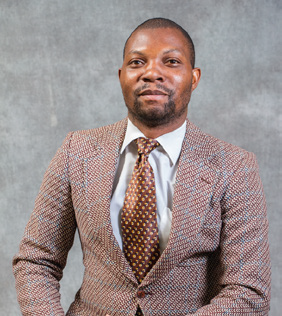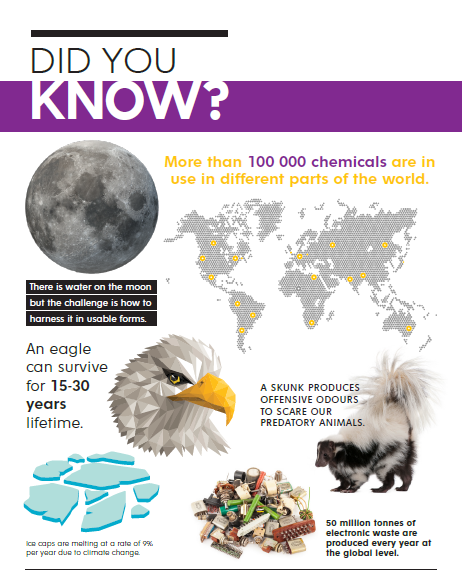When Zimbabwe experienced Cyclone Idai in 2019 and Cyclone Eline in the year 2000, everyone felt the pain, including those who did not stay in the epicentre of the cyclone. As a country, we have come to realise that natural weather events are very uncertain and unpredictable. Therefore, through scientific research and monitoring weather patterns, we can meteorologically determine the weather patterns and model extreme events.
Predictive modelling using algorithms of remote sensing can allow us to see into the future before we get into it. Statistical knowledge and machine learning are beginning to allow unprecedented possibilities in order to help us to see what dangers may befall us in future. This approach can assist us in developing policy, technological and management measures including evacuation of personnel.
A pattern that was common at the turn of the millennium in Zimbabwe showed that every 10 years a major weather event such as a cyclone would happen. The shorter frequency between Cyclone Batsirai (January 2022) Cyclone Ana (January 2022), Cyclone Gombe (March 2022), Cyclone Chalane (December 2020), Cyclone Idai (March 2019) and Cyclone Desmond (January 2019), clearly demonstrates that we will not wait for a decade any longer. The pattern is beginning to show a shift towards more frequent extreme weather events. Although we cannot be conclusive without further meteorological data, we should be concerned about the frequent occurrence of such events. Deterministic models are being used to predict cyclones in both developing and developed countries.
Zimbabwe must prepare for every rainy season with the expectation for extreme weather events such as cyclones. Every season is becoming potentially dangerous and the risk of cyclonic activity is on the rise. In order to have higher certainty, we need a wider year range with several decades, whilst taking note of recent drastic changes.
Undertaking hind-casts and forecasts is needed in order to inform the public accordingly, as the fight against climate change hots up. It may well be that the country is headed to a more frequent cyclonic activity especially in the Eastern part of the country.
The economic damage caused by cyclones is enormous and it also affects social and human development. Cyclone Eline alone, in the year 2000 resulted in loss of US$ 309 million worth of property and infrastructure.
Rebuilding after such disasters is necessary but at the same time costly. The key question is how to better prepare for these unfortunate eventualities. Since the year 2000, Zimbabwe has experienced over 35 cyclones, with some of them being downgraded.
Eline (2000) and Idai (2019) remain the most devastating but we must not ignore those with a moderate or lower magnitude. There are other cyclones that came such as Cyclone Dineo (2017), Cyclone Eloise (2021) and Cyclone Japhet (2003) which need attention and should be considered in the development of predictive models. Whether big or small, cyclonic activity must be carefully documented in order to inform the science of modelling.
As we look into the future, we must treat each year as a possible cyclonic year, each cloud as potentially bearing devastation. The magnitude is what may be unknown. Prediction, anticipation and preparedness can assist in saving lives. The 2022 to 2023 season should be treated with caution, just in case the ides of another cyclone are in the horizon. Stay safe and know what to do in the event of a cyclone.
Author
-

Tawanda Collins Muzamwese is the Editor in Chief of the Green Business Gazette Magazine. He is is an international consultant in sustainable business development with massive experience in training, consulting and auditing. He has facilitated capacity development in more than 100 enterprises drawn from over 30 countries. He is the founder of the sustainability think-tank called Toxiconsol Consultancy t/a African Sustainability Consultants. He is the Editor in Chief of the Green Business Gazette Magazine. He is a consultant and business coach with over 13 years experience. Tawanda is a Management Systems Consultant working on promoting development and implementation of ISO Standards (ISO 14001:2015, ISO 9001:2015 and ISO 45001:2018) in both developed and developing countries. With his inspirational and pragmatic writing style he has written cutting edge books including: 1) How to grow a Side-hustle into a viable business - Overcome Salary Dependency 2) The Leading Consultant: How become an authority in your professional field 3) Step-by-Step Guide to implementing Safety, Health, Environment and Quality Management Systems 4) Stepping on Higher Perspectives: Greatness Tips Motivational Series 5) Sustainability Guidebook for Boards and CEOs: Leading from the front Tawanda writes about sustainability, motivation, safety, health, environment and quality management. His books are relevant to both developed and developing countries. With practical approaches and case studies, he provides incisive insights into entrepreneurship. His philosophy is based on the premise that every human being has potential to make a significant difference in their lifetime. He writes books on taking personal responsibility for progression in life. He motivates entrepreneurs to implement income generating projects and determine their own financial destiny. He also motivates companies to take up sustainability initiatives. A start-up coach, public speaker, environmentalist, safety, health and quality management expert, Muzamwese bridges the gap between theory and practice through building capacity and sharing practical case studies in his books.
View all posts



